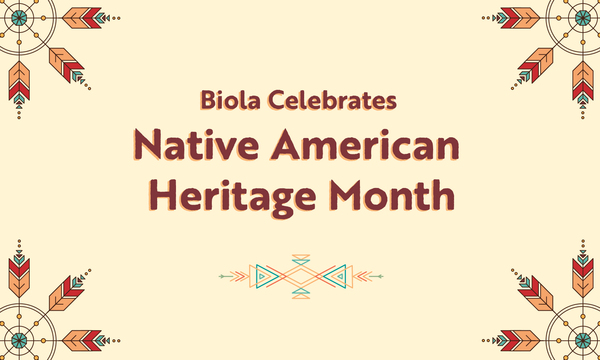With Career Expos, preparation is essential. Alumnus Anna Warner shares her advice to help you make the best first impression.
When it comes to preparing for a career fair or interview, there’s one thing everyone knows is important but can never really put their finger on: professional attire. What does business casual mean? How formal is too formal? What isn’t formal enough? Can I wear my nicest kicks?
Here’s a quick rundown on professional attire so you can be prepared to meet your dream employer at the on October 24.
Professional attire is important because it’s expected at every job interview, career fair or professional event. It shows respect and creates the impression that you’re confident and know what you’re doing.
Professional attire can look different depending on your industry and the company you’re targeting. If you’re meeting someone from an Accounting firm, they will probably expect you to dress in business professional attire. A non-profit may expect more business casual attire. Location plays into this, too. For example, the culture of Washington D.C. tends to expect more business professional attire than Southern California’s culture. This may require some extra research on your part, keeping in mind not only the type of industry, but its location too.
What is “Business Professional”?
Classic. Conservative. Black, gray or navy suits.
For men, we’re talking a suit and tie. Guys, please iron your shirts, wear shined up dress shoes, and don’t wear your white athletic socks. An extra tip: wearing a suit tailored to your body is going the extra mile. If you can’t do this, don’t worry, but also avoid wearing a suit that’s too big.
Ladies, you have a few more options. A modest dress, skirt and blouse, or pantsuit is expected of you. Everyone should be mindful of clothing that is too tight, too loose, or low cut. Most employers recommend avoiding heavy makeup, excessive jewelry and unkempt hairstyles.
So what does “Business Casual” mean?
Business casual is about putting effort into making a good first impression while feeling a bit more comfortable.
Men, you could wear dark jeans with an ironed blazer and a button down shirt, or khakis and a nice sweater. Nice black or brown shoes are pretty standard with this look. Avoid tennis shoes, and again, the white athletic socks.
Women, try a nice dress and statement necklace, dark washed jeans and a blouse, or a skirt with a blouse and maybe a cardigan. For shoes, you can’t go wrong with wedges or flats. Again, most employers recommend avoiding heavy makeup, excessive jewelry and unkempt hairstyles.
Top Tip: Personalized business cards are always impressive.
One question you might be asking is “how do I show off my personality while also dressing professionally?” I promise it is possible to do both. Your personality can shine through with color schemes, accented pieces like handkerchiefs, socks, tie clips, watches, glasses or jewelry, appropriate hairstyles and personalized business cards.
In the end, your outfit requires your own discernment, but always dress to impress – it’s better to be too formal than too informal.
Take Away Tips
- How you present yourself influences a potential employer’s first impression.
- Know your audience. Use LinkedIn and company websites or social media to see how current employees dress, and then go one step above what you saw online.
- Go through your closet and evaluate what you need to make a great business professional and a business casual outfit.
For more tips like these, check out the Career Center’s other posts
For more Inspiration
 51¬Ð¿Ú
51¬Ð¿Ú

.jpg)
.jpg)